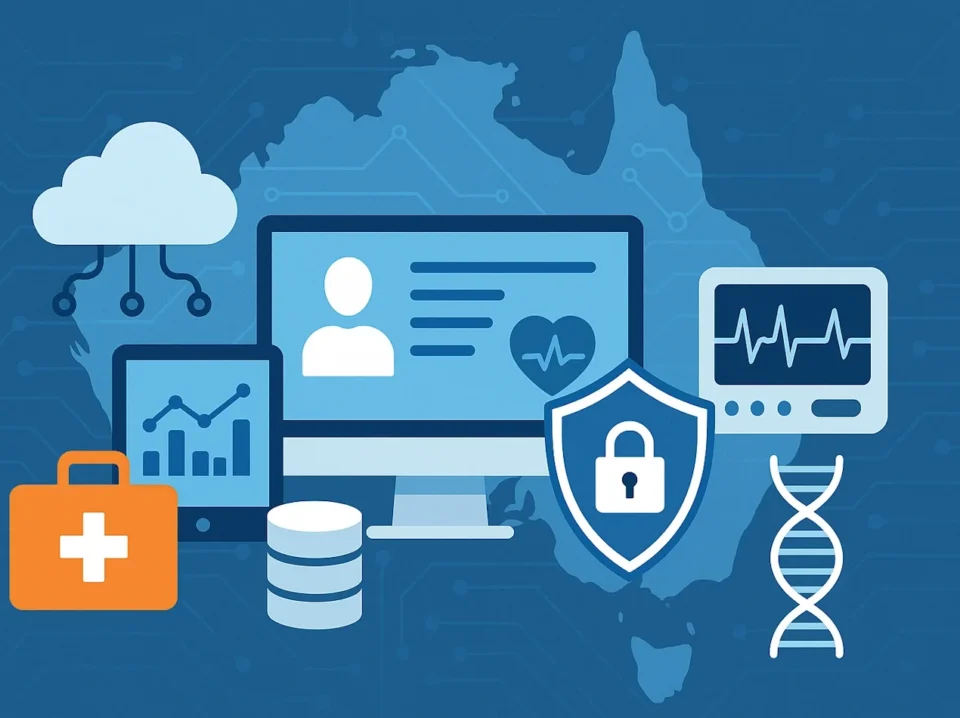The customer interactions generate vast amounts of unstructured data—spoken and written—that holds untapped strategic value. Speech and Text Analytics empowers businesses to decode this information and uncover actionable insights that enhance decision-making, optimize customer experiences, and increase operational efficiency.
From contact center calls and chat support to social media posts and email feedback, every interaction can be a source of intelligence. Advanced analytics tools convert these conversations into structured data, revealing customer sentiment, preferences, and behavioral trends. As enterprises aim for smarter customer engagement, speech and text analytics are becoming essential to their digital transformation strategies.
What Are Speech and Text Analytics?
Speech and Text Analytics refer to the process of capturing, transcribing, and analyzing verbal and written communication using artificial intelligence and natural language processing (NLP).
- Speech analytics involves converting audio conversations into text using voice recognition technologies and then applying sentiment and topic analysis.
- Text analytics focuses on analyzing written content—like emails, surveys, social media posts, and live chat—to detect patterns, emotions, intent, and feedback.
Together, these technologies enable organizations to automatically interpret large volumes of customer interactions across multiple channels. This data-driven approach allows for faster, more accurate insights without relying on manual reviews or sample-based quality monitoring.
Business Value of Speech and Text Analytics
Organizations that embrace speech and text analytics gain a significant competitive edge. The key benefits include:
- Enhanced Customer Experience: By identifying pain points, tracking sentiment, and understanding customer expectations, businesses can refine support strategies and boost satisfaction.
- Operational Efficiency: Analytics reduce average handle time and highlight inefficiencies, helping streamline workflows in customer service and support.
- Compliance and Risk Mitigation: By monitoring conversations for specific keywords or regulatory violations, businesses can ensure adherence to industry standards.
- Strategic Decision-Making: Aggregated insights inform product development, marketing campaigns, and policy changes based on real customer feedback.
These capabilities translate to better business outcomes—from increased loyalty to improved resource allocation and faster issue resolution.
Key Applications and Use Cases
Sentiment Analysis to Understand Customer Emotion
Sentiment analysis is one of the most impactful applications of speech and text analytics. It evaluates the emotional tone behind conversations, classifying feedback as positive, negative, or neutral.
This allows businesses to:
- Identify dissatisfied customers in real-time and take corrective action.
- Track emotional trends across product lines or service departments.
- Adjust marketing and communication strategies to better align with customer perception.
By tapping into emotional intelligence at scale, businesses can deepen customer relationships and proactively manage brand reputation.
Call Center Analytics for Service Optimization
Contact centers are a primary touchpoint for customer interaction—and a goldmine for operational insights. With speech and text analytics, organizations can:
- Monitor agent performance and script adherence.
- Track call drivers and escalation patterns.
- Identify call trends and recurring issues.
- Automatically score interactions for quality assurance.
These insights help managers provide more targeted coaching, optimize staffing, and resolve service bottlenecks efficiently. Call center analytics not only improves customer service but also reduces costs and enhances compliance.
Social Media Monitoring for Brand Perception
Social media platforms are dynamic spaces where customer opinions are shared freely and instantly. Speech and text analytics tools monitor and analyze this activity to assess brand perception and public sentiment.
Key benefits include:
- Real-time alerts for brand mentions and negative sentiment spikes.
- Measurement of campaign impact across platforms.
- Detection of emerging trends and customer expectations.
- Competitive benchmarking and influencer identification.
By integrating social media insights into strategic planning, businesses can respond swiftly to public feedback and maintain a strong digital presence.
Voice-to-Text for Process Efficiency
Voice-to-text technology transcribes spoken content into written format with high accuracy. These transcriptions serve as a foundation for analytics, documentation, and compliance tracking.
Applications include:
- Automating call documentation and reducing manual note-taking.
- Enabling keyword search and text-based data mining.
- Enhancing accessibility and inclusion for customers and staff.
- Facilitating integration with CRM systems and knowledge bases.
Voice-to-text lays the groundwork for seamless analytics and data retention, transforming real-time conversations into strategic assets.
Industry Applications
Retail
In retail, customer preferences and experiences drive brand loyalty and conversion. Speech and text analytics help:
- Identify common complaints or compliments about products or services.
- Analyze chat and call transcripts to enhance in-store or online support.
- Detect shifts in consumer sentiment during seasonal campaigns.
- Uncover purchasing trends and customer expectations.
These insights inform inventory management, marketing strategies, and loyalty programs that reflect actual customer behavior.
Healthcare
For healthcare providers, communication accuracy and patient satisfaction are critical. Analytics tools support this by:
- Analyzing patient feedback from calls and surveys to highlight service gaps.
- Monitoring call center interactions for compliance and empathy.
- Reducing administrative burden by transcribing clinical interactions and documentation.
- Enhancing patient engagement by identifying recurring concerns or misunderstandings.
This leads to better care delivery, streamlined operations, and improved patient outcomes.
IT Management
IT service desks and tech support teams handle large volumes of user communication. Speech and text analytics empower IT managers to:
- Identify frequent issues and service disruptions.
- Analyze help desk calls and chat logs for resolution trends.
- Automate ticket classification based on issue type and urgency.
- Improve support agent performance through real-time feedback and quality tracking.
The result is reduced downtime, faster issue resolution, and stronger user satisfaction across digital platforms.
How to Select a Speech and Text Analytics Solution
Choosing the right solution requires careful consideration of your business goals, data volume, and technical infrastructure. Key evaluation criteria include:
- Accuracy and Language Capabilities: Ensure high-quality transcription and sentiment detection across accents, dialects, and languages.
- Omnichannel Support: Look for tools that analyze voice, email, chat, and social media seamlessly.
- Real-Time vs. Historical Analysis: Choose based on whether you need instant alerts or long-term insights—or both.
- Scalability and Integration: Ensure the platform can grow with your business and integrate with CRM, contact center, or business intelligence systems.
- Analytics Features: Prioritize tools with sentiment tracking, keyword spotting, customizable dashboards, and automated reporting.
- Data Privacy and Compliance: Confirm adherence to industry regulations such as GDPR, HIPAA, or PCI-DSS.
- Vendor Reliability: Assess experience, customer support, and ongoing innovation in analytics capabilities.
Investing in the right solution ensures long-term ROI and seamless adoption across departments.
Conclusion
Speech and text analytics transform how businesses understand and respond to customer needs. By decoding conversations and written feedback across every channel, these tools offer unparalleled visibility into customer sentiment, behavior, and expectations.
For business leaders in retail, healthcare, and IT management, the adoption of speech and text analytics is no longer optional—it’s a strategic imperative. As customer expectations evolve, leveraging voice and text data intelligently is key to maintaining relevance, trust, and performance in a competitive marketplace.
Embracing these technologies today means positioning your organization to lead with insight, empathy, and agility tomorrow.





